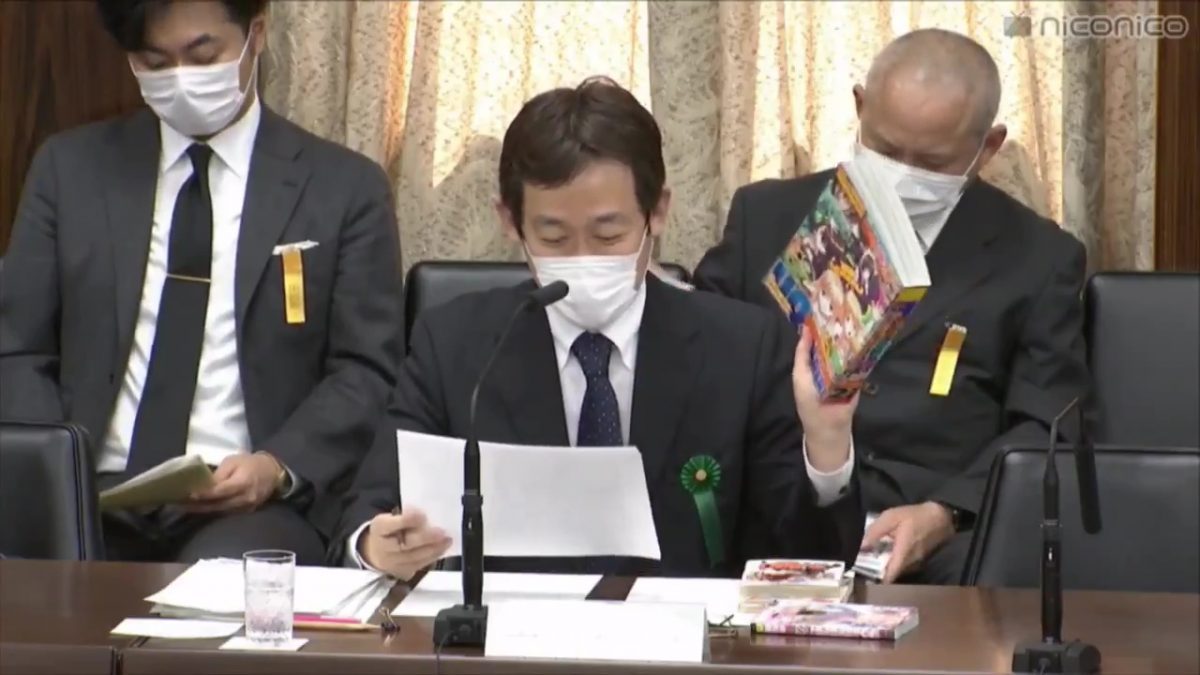
Earlier I made a post about the appearance by famed Japanese manga-ka Ken Akamatsu before Japan’s national legislature expressing his frustration at the popularity of international manga pirate sites, which distribute newly-released manga in Japan internationally within 24 hours of its release. As a longtime publisher of another medium, visual novels, I thought I’d give my thoughts on some of the frustrations I’ve experienced with piracy, along with some thoughts on what the industry might do to improve the manga piracy situation.
The Frustration of Manga Piracy
As a publisher of VNs — we started out with these titles back in 1995 — I certainly understand the frustration Mr. Akamatsu feels. Seeing one’s hard work and the work of others in his profession not only shared online for free, but rolled up into some pirate company’s business model and turned into money for them, would madden anyone. In the past we’ve butted heads with people pirating the games we’ve worked on for 1-2 years, and we’re very sympathetic to Mr. Akamatsu’s feelings.
And yet…
A Complex Problem
Of course, the challenges Japan’s manga industry are experiencing aren’t entirely the result of nasty fans who want their manga for free, and shifty online companies building businesses around distributing copyrighted material without compensation. You could also make the argument that the problems are partially the result of Japan’s manga publishers being slow to change their business models, making them sound like Hollywood studios complaining that DVD sales in Wal-Mart are falling due to online movie piracy back in the early years of the 21st century…or dinosaurs complaining that it’s getting rather hot outside, and what was that flash in the sky earlier?

There are many reasons why certain fans might choose to get their manga for free online. These include
- The language barrier. Obviously most fans around the world can’t snuggle down with the latest Japanese volume of Kimetsu no Yaiba and understand what they’re reading. If a licensing company is going to get involved and translate the work to other languages, this adds time and delays as well as cost.
- Convenience. Not everyone can have physical books shipped to them, especially in the age of Corona.
- Time Lag. Once upon a time, international fandom would trail what was popular in Japan by about two years, and I have fond memories of being able to slowly accumulate stock for a new show, such as Evangelion, as it grew in popularity around the world. Now fans follow anime and manga in real-time, and aren’t willing to wait 6-12 months for a new volume to be published locally…or they are, and will buy it when it comes out, but they’ll also read it online somewhere.
- The extreme popularity of manga around the world becomes part of the problem. It’s a great achievement that such a unique kind of culture from Japan has managed to find a foothold in every corner of the planet, but this creates challenges for Japanese publishers like Shueisha (which has been around since 1925) because they can’t control the market anymore.
Unfortunately the final 5 vols never saw an Eng release. I ended making an import purchase from a randomJapanese ebayer at the time. It also included the purchase of 3 other tankobons from the same artist Kawashita Mizuki, Anedoki. A series that unfortunaty isnt loved enough. pic.twitter.com/NLL2SUUiZE
— MCnosurge (@m_surge) June 4, 2020
- Republishing of manga can be difficult for other reasons. Every fan who’s blocked from completing a manga or light novel series because it stopped getting localized for some reason knows this frustration. As both a fan and a business owner, I understand both sides of this issue.
- Manga localization models might work for some countries, like the U.S., but what do you do with a country like Spain or Switzerland, where there are multiple official languages?
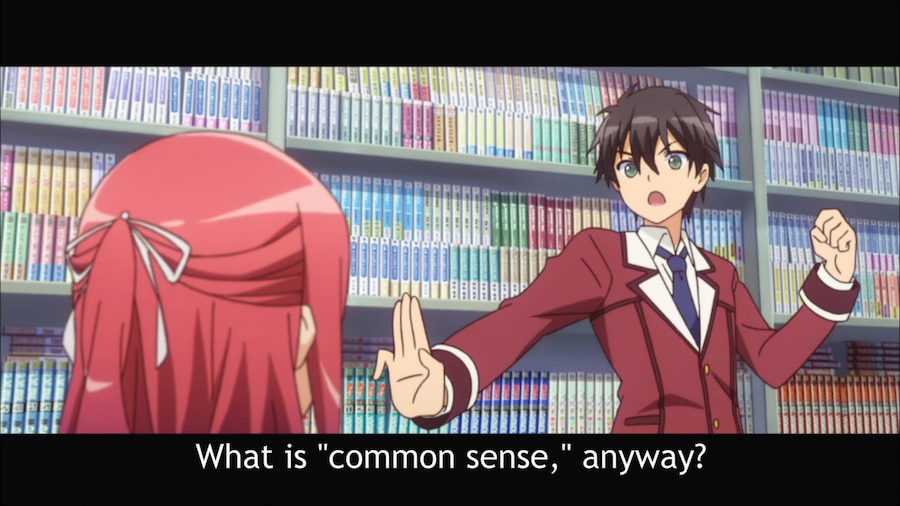
The Importance of Choosing The Right “Common Sense”
One useful approach to understanding the Japanese is to start with the concept of 常識 joushiki, which means “common sense,” or the set of ideas, beliefs and values that are accepted in society. Things that are joushiki in Japan include
- all children go to school (the idea of homeschooling children would be unthinkable in Japan)
- when a woman’s baby is ready to be born, she goes to the hospital (alternative birthing methods aren’t a thing here)
- shoes are always removed before entering a home (Japanese giggle when they see Americans on TV not only wearing shoes indoors, but lying on the bed they’re about to sleep in with their dirty shoes on)
- Thomas Edison was a great man. That’s just common sense! (a lyric from Odoro Ponpokorin, which is where I first encountered this word)
I’ve been involved with business between Japan and the West for a long time, I’ve always felt my role was to translate what was accepted joushiki, the reality for the Japanese game companies or artists we worked with, with the “common sense” of our customers, to create the best outcome for our company and our Japanese partners. The only “sin” in business, from my experience, would be trying to do business outside of Japan without updating your internal mindset away from what is accepted inside Japan.
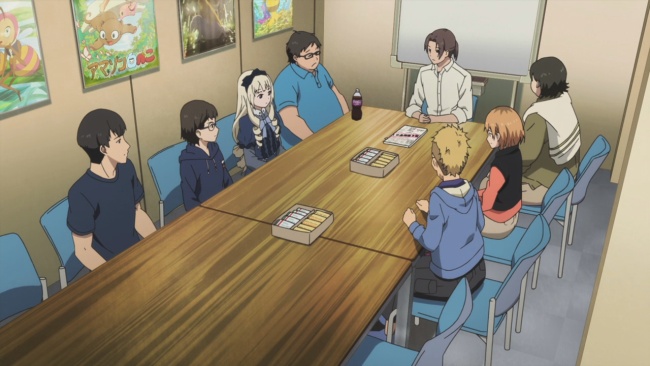
When our Japanese partners suggested that we sell our games for $88, which is the going price in Japan, we’d carefully tell them that $25-30 would be more acceptable to our customer base in most cases. When they’d ask that we release a game with mosaic censorship, we’d explain how important having an uncensored experience is to most fans, and how censorship will greatly reduce sales. When products are distributed to retail shops in Japan, the publisher and distributor end up getting as much as 78% of the final purchase price for themselves, but this cost structure is very different when it comes to selling to bookstores and other retailers in the U.S., another mindset point that needs adjusting.
So right off the bat, companies like Shueisha need to update their old-style “common sense” and start thinking outside the box in creative new ways if they want to make any headway.
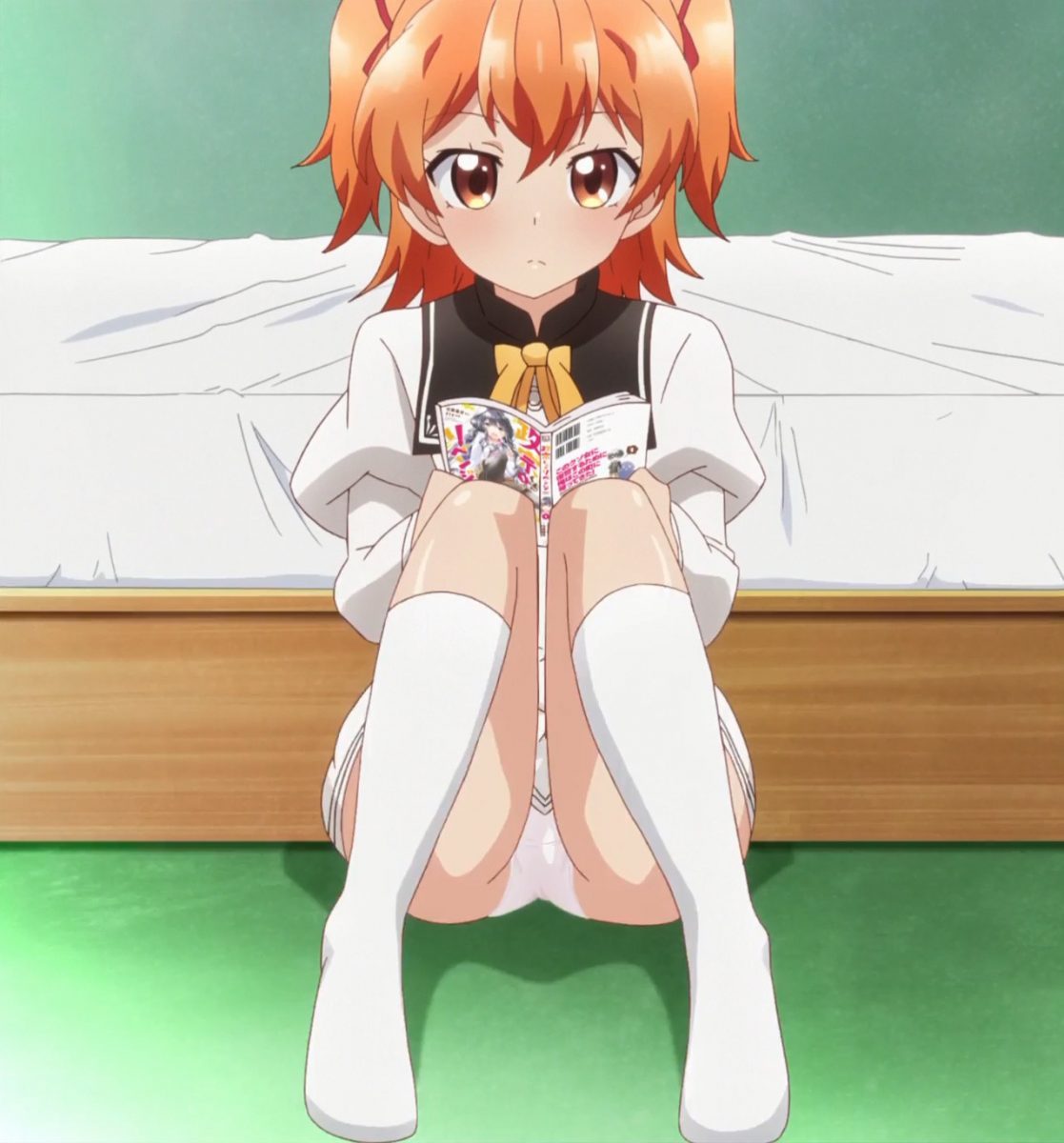
How to Tackle the Manga Piracy Problem
Other industries have faced the problem of piracy and come up with innovative solutions. Some examples:
- It’s now so convenient to watch anime on platforms like Netflix, Amazon Prime, Crunchyroll and Funimation that there’s no need to torrent, and the studios receive funding that help them survive from these companies.
- The rise of Steam has helped companies like JAST USA find success selling popular titles like YOU and HER and ME: a love story (aka Totono) to a wider audience than we could ever have hoped for in the old days. While not perfect (Steam’s dominance can affect what titles are viable to publish), we certainly enjoy having a wider audience to sell visual novels to.
- FAKKU has developed a business model allowing fans to buy properly licensed hentai manga, which many collectors have embraced.
- In the doujinshi space, J-List’s sister brand J18 has been announcing some great fully licensed and translated and uncensored hentai doujinshi that fans can buy, which supports the artists as well as the future creation of such releases. Everybody wins!

Since this is a distribution problem in the end, convenient, legal alternatives to pirate sites need to be created. And there are some success stories!
- Shueisha’s own Manga Plus allows you to read popular manga in app form or in a web browser in English and Spanish, and importantly, allows you to read lots of content for free. They offer full back catalogs of many titles and there’s no delay in reading new chapters as they’re released.
- BookWalker is another popular way to buy manga and light novels in digital form, including popular works like My Next Life as a Villainess: All Routes Lead to Doom! or Smile Down the Runway, which you can go buy in English right now.
- We’re fans of Sol Press, who also provide licensed light novels, manga and other content.
- Kindle is popular inside Japan and around the world, and it’s opened new business models, allowing artists to publish directly, without the framework of the wider manga industry. I happened to see an interview with Golden Boy creator Tatsuya Egawa in which he discussed the manga he’d been publishing directly to Kindle. Because the royalties were much higher than what he received from his traditionally published works, he literally had more money than he knew what to do with. Of course, Mr. Egawa is already an established manga creator, and self-publishing of manga to a digital platform doesn’t help the manga industry as a whole.
One thing I’m convinced of: whatever company finally “solves” the problem of manga piracy and becomes the Netflix of Manga, it will not be Japanese, but a company outside of Japan that’s able to create a bridge from the manga industry to fans in a creative way. I’ve regularly heard from Japanese that huge, world-changing business ideas like Youtube or Amazon could never be conceived of by Japanese. J-List’s DVD buyer Tomo told me, “To make a company that becomes popular in every country if the world, rather than just one country, is something no Japanese could even conceive of.”

JAST USA’s Approach To Dealing with Pirates
As the founder of JAST USA, I’ve tried our best to take a constructive view of piracy and even see it as an opportunity. If you were introduced to the awesomeness of Nitroplus writer Gen Urobuchi by pirating a copy of Saya no Uta, and hopefully enjoyed it — and now that you’re older you’ll pick up the fully remastered version (or the Steam version, if you prefer that) to support its creators — that’s great! We’ve seen this pattern play out pretty often, and we’re happy to have many paying customers who buy our visual novels to support us and fund the future game releases they want to play.
If you’re a supporter of JAST USA’s titles, thanks!
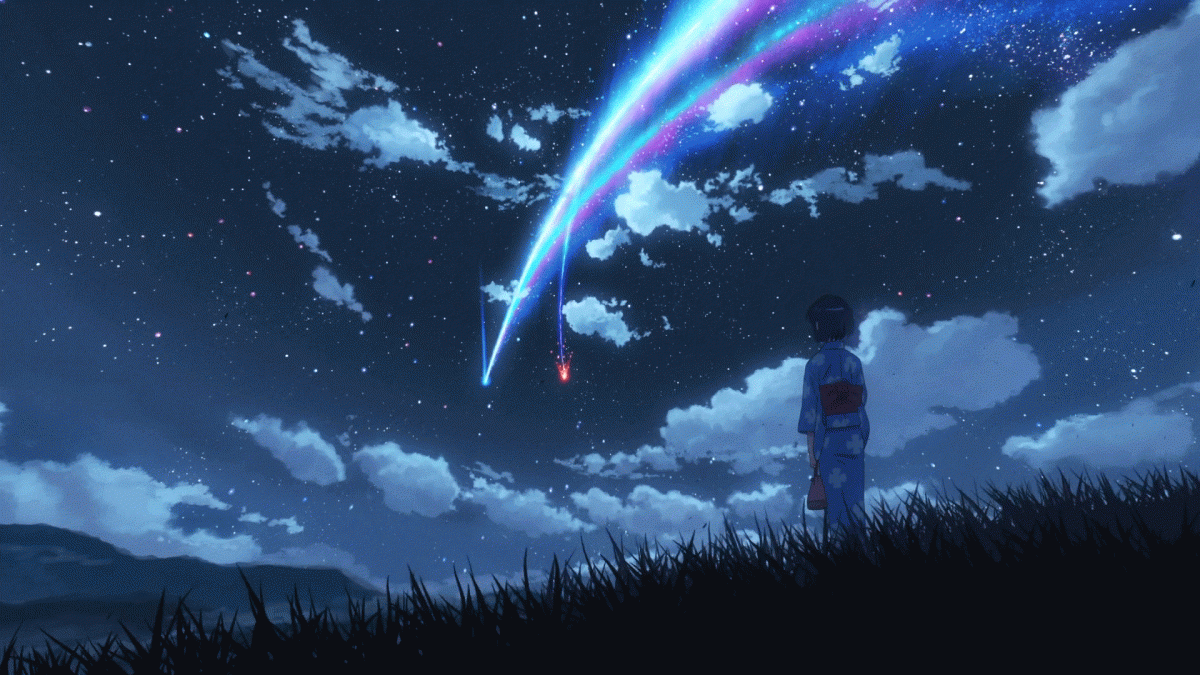
Trouble is Ahead for the Manga Industry
While it’s great to have a discussion about international manga piracy, there’s a bigger concern for the industry on the horizon. If you look at any list of the most hugely-popular manga in Japan, the number of titles whose endings have been announced as forthcoming must raise a lot of fears about what the future of manga in Japan will look like in a few years. With One Piece, Kimetsu no Yaiba, Attack on Titan and many other mega-hits endings’ having been announced, it might be hard to generate the kind of sales the industry has traditionally enjoyed in the future. Let’s hope they try to implement some changes in the industry to address this before they’re forced to by outside events!
Thanks for reading my thoughts on the manga industry and what positive steps could be done to tackle the issue of manga piracy. Give us your thoughts below, or talk to us on Twitter or Facebook!
J-List’s sister company J18 has some great news for you: new hentai doujinshi that are officially licensed, fully translated to English and fully uncensored! You can now order Faithful and Unfaithful (a fabulous story of betrayal and revenge sex) and Rinya Life (an adorable erotic catgirl story) now! Both books will ship later this month, so preorder them now!















